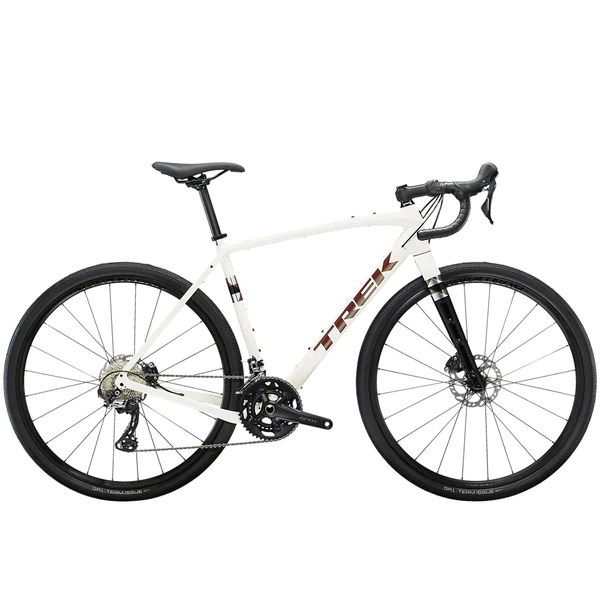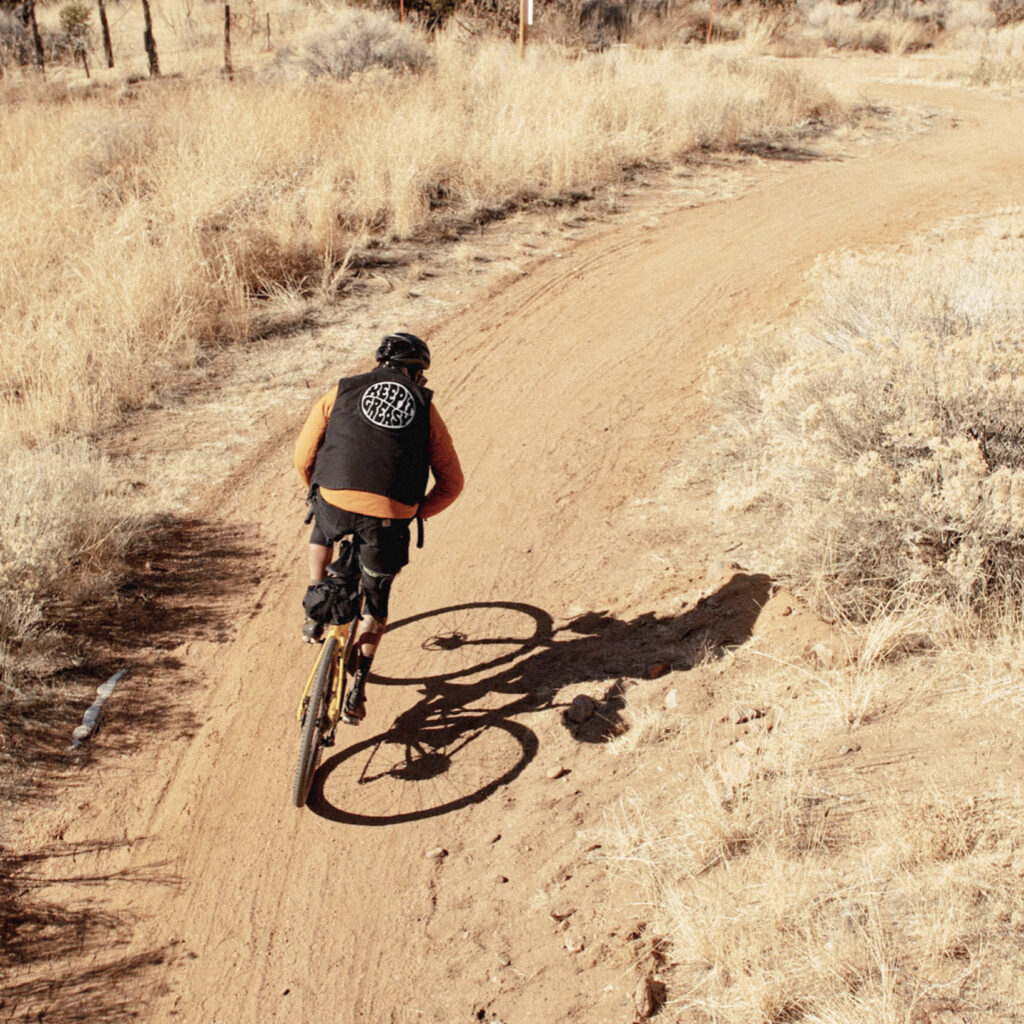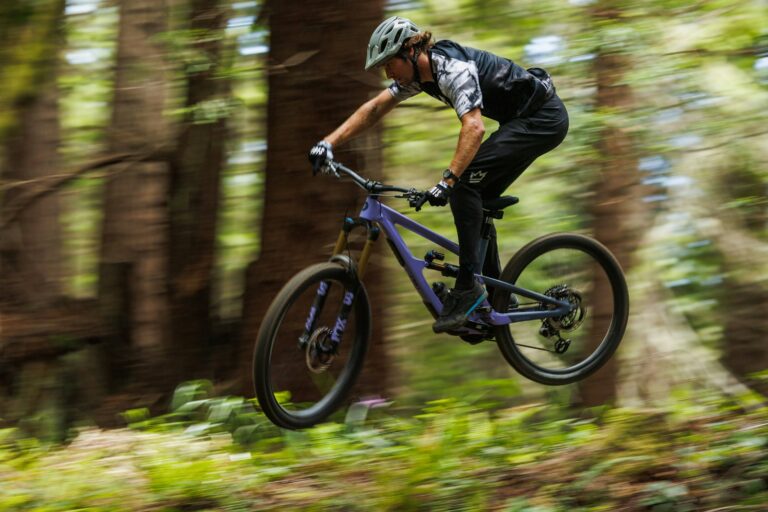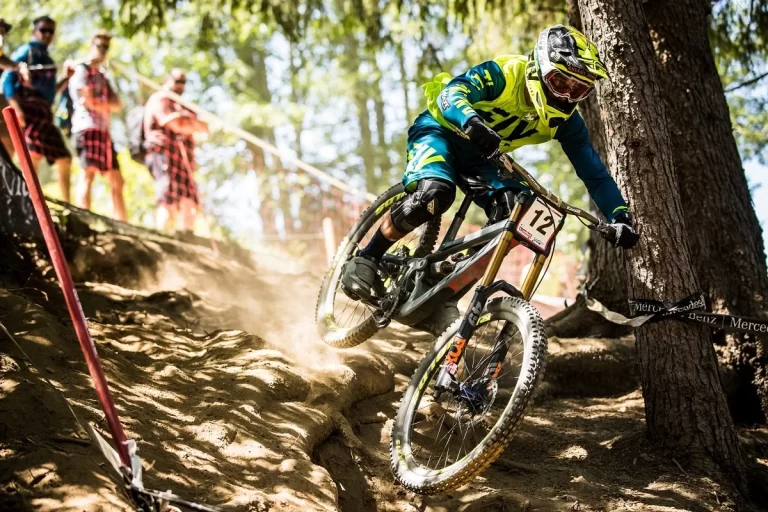The Evolution of Gravel Bikes: A Personal Journey Through Gears and Trails

Key Point Summary of The Evolution of Gravel Bikes:
- Gravel Bikes’ Origin: Stemming from the need for a more versatile bike that could handle a variety of terrains, gravel bikes were born out of the cyclocross and adventure racing world.
- Design Advancements: Over the years, gravel bikes have seen significant improvements in frame geometry, tire clearance, and suspension technology, making them more comfortable, durable, and adaptable to different riding conditions.
- Technology Integration: The incorporation of disc brakes, electronic shifting, and advanced materials like carbon fiber and titanium has elevated the performance and rider experience on gravel bikes.
- The Rise of Gravel Racing: As the popularity of gravel riding grew, so did organized gravel races, further pushing the development of gravel-specific bikes and gear.
- Future Trends: The ongoing evolution of gravel bikes hints at lighter, more robust models with even greater versatility and technological integration.
My journey with cycling has spanned decades, with experiences that have allowed me to witness firsthand the remarkable evolution of gravel bikes. What started as a fringe segment with a handful of cyclists looking for bikes that could do more than what was available has blossomed into a major category in the cycling world.
Whether you’re just dipping your toes into the world of cycling or you’ve been riding for a while and are curious about gravel biking, this piece is crafted with you in mind. I’ll share insights, sprinkle in personal anecdotes, and maintain a casual yet informative tone throughout.

The Roots: From Necessity to Innovation
Gravel biking’s roots can be traced back to the rugged, unpaved roads of the Midwest, where cyclists sought to push the boundaries of where a bike could take them. My first encounter with what would now be considered a gravel bike was more of a makeshift cyclocross bike. Back then, we were simply trying to make our bikes more adept at handling a mix of terrains, swapping out tires and making do with the limited clearance our frames offered. It was a time of experimentation and adaptation, driven by the sheer joy of riding and racing on uncharted paths.
Design Evolution: Tailored for the Road Less Traveled
The design of gravel bikes has undergone significant transformations. Initially, these bikes were a sort of hybrid between road and cyclocross bikes. However, as the category grew, so did the specificity of design. Frame geometry now strikes a balance between the aggressive stance of a cyclocross bike and the comfort of a road bike, allowing for longer rides on varied terrain.
The evolution of tire clearance is another aspect that stands out. Where once we were limited by narrow frames, modern gravel bikes boast ample clearance for wider tires, offering improved comfort and traction on loose surfaces.
A personal anecdote that highlights the importance of these design advancements involves a gravel race I participated in a few years back. Halfway through, a sudden change in weather turned the trails into a challenging mix of mud and loose gravel. Thanks to my bike’s improved tire clearance and adaptable geometry, I was able to navigate through conditions that would have been a showstopper in earlier times.

Technological Advancements: Shifting Gears and Breaking Norms
The integration of technology into gravel bikes has been nothing short of revolutionary. Disc brakes, once a rarity, have become standard, offering unmatched stopping power and reliability in all conditions. Electronic shifting systems have also made their way onto gravel bikes, providing precise and effortless gear changes even when the bike and rider are covered in mud and grit.
Materials used in frame construction have also evolved. Carbon fiber and titanium are increasingly common, offering an optimal blend of durability, weight savings, and ride quality. My transition from a heavier, aluminum-framed bike to a carbon fiber gravel bike was a game-changer, making climbs feel less daunting and long rides more enjoyable.
The Cultural Shift: Gravel Racing and Community Building
The rise of gravel racing has been instrumental in shaping the development of gravel bikes. Races like the Dirty Kanza (now known as Unbound Gravel) and the Belgian Waffle Ride have not only tested riders and equipment but also fostered a vibrant community around gravel riding. These events have a unique atmosphere, blending the competitive spirit with a sense of camaraderie and adventure.

Looking Ahead: The Future of Gravel Bikes
The future of gravel bikes looks promising, with trends pointing towards even lighter and more technologically advanced models. Integration of smart technology, further improvements in suspension, and the development of gravel-specific components are likely on the horizon. As the line between road, cyclocross, and mountain biking continues to blur, gravel bikes stand out as the ultimate all-terrain machines.
Wrapping Up
The evolution of gravel bikes is a testament to the cycling community’s relentless pursuit of innovation and adventure. From humble beginnings to the cutting-edge designs of today, these bikes have transformed how we explore the world on two wheels. As someone who has raced, ridden, and reveled in the evolution of cycling, I can attest to the profound impact gravel bikes have had on the sport. Whether you’re a seasoned cyclist or new to the game, the world of gravel biking offers endless possibilities for adventure and camaraderie. Here’s to many more miles on the road less traveled.

In the realm of gravel biking, where innovation and versatility meet, several standout models have risen to prominence, reflecting the evolution and technological advancements I’ve discussed. While my journey through cycling has introduced me to numerous bikes, the following list encapsulates those that, in my view and based on industry accolades, represent the best of what gravel bikes offer today. Remember, the best bike often depends on personal preference, riding style, and budget, but here are some models that have consistently garnered praise:
Specialized Diverge
- Why It Stands Out: The Specialized Diverge has been a frontrunner in the gravel scene for its exceptional balance of comfort, performance, and technology. With its Future Shock suspension system, the Diverge offers a smoother ride over rough terrain, making it ideal for long adventures and challenging gravel races.
Cannondale Topstone
- Key Features: The Topstone series is notable for its versatility and innovative features, such as the Kingpin suspension system on some models, which enhances comfort and control without compromising efficiency. It’s available in carbon and aluminum frames, catering to a wide range of preferences and budgets.
Trek Checkpoint
- Highlights: Trek’s Checkpoint line is designed with both the gravel racer and the adventure cyclist in mind. It boasts a robust frame, ample tire clearance, and a geometry that strikes a perfect balance between agility and stability. The Checkpoint is also known for its customization options, allowing riders to tailor the bike to their specific needs.
Giant Revolt
- What Makes It Special: The Giant Revolt offers a compelling mix of performance and value, with a frame that’s engineered for comfort and handling across diverse terrains. It’s praised for its adaptability, capable of fitting both wide gravel tires and slimmer road tires, making it a versatile choice for mixed-surface riding.
Cervélo Áspero
- Notable For: Cervélo entered the gravel market with a bang, creating the Áspero to cater to the speed-focused gravel rider. Its emphasis on aerodynamics sets it apart from many competitors, without sacrificing the ruggedness and tire clearance needed for true gravel riding.
Salsa Warbird
- Why Consider It: The Salsa Warbird is revered for its endurance-oriented design and has been a staple in the gravel racing scene. It’s designed to tackle the most challenging gravel races, with a focus on comfort over long distances, making it a favorite among endurance riders.
3T Exploro
- Unique Aspect: The 3T Exploro is known for its pioneering role in aerodynamic gravel bikes. It combines the efficiency of a road bike with the versatility of a gravel bike, making it a top choice for riders looking to maintain high speeds across variable terrains.
Happy riding!
John

FAQ
When did gravel bikes become a thing?
Gravel bikes became a notable category in the cycling world around the early 2010s, as riders sought bikes that could handle a mix of terrains more effectively than existing road or cyclocross bikes.
What is unique about gravel bikes?
What’s unique about gravel bikes is their blend of road bike efficiency and mountain bike ruggedness. They feature a geometry that provides a comfortable riding position for long distances, wider tire clearance for off-road traction and comfort, and often include mounts for carrying gear. Their design optimizes performance on gravel, dirt roads, and light trails while maintaining good speed on pavement.
Are gravel bikes old mountain bikes?
Gravel bikes are not simply old mountain bikes. While they share some characteristics, such as the ability to navigate off-road terrain, gravel bikes are designed with a different geometry, aiming for a balance between comfort, efficiency, and stability across varied surfaces, unlike the more rugged and suspension-focused design of mountain bikes.
Why get a gravel bike instead of a mountain bike?
Opting for a gravel bike instead of a mountain bike makes sense if your riding includes a mix of pavement, gravel, and light off-road trails. Gravel bikes are generally lighter and faster on paved and gravel roads, offering a versatile option for those who want to cover long distances with a mix of terrains efficiently, without the bulk and suspension of a mountain bike, which is optimized for technical off-road trails.






